The royal family has been rocked by allegations of racism from within – made by the Duke and Duchess of Sussex in an interview with Oprah Winfrey.
Among the most shocking allegations is one made by Meghan, who claimed that, when she was pregnant with the couple’s first child Archie, an unnamed member of “the Firm” raised “concerns and conversations about how dark his skin might be when he’s born”.

But for those who know their history, the claims are somewhat less than surprising. Even Meghan’s own husband has been accused of racism in the past.
Prince Harry was widely condemned in 2009 after being caught on film calling a former Army colleague “our little Paki friend”, and in 2005 he caused outrage when he donned a Nazi soldier’s uniform complete with swastika for a fancy dress party.
The 36-year-old has admitted in the past that his privileged upbringing as a member of the royal family meant he had no understanding of unconscious racial bias.
He said it took him many years – and the experience of “living” in wife Meghan’s shoes – to recognise the issue.
The American duchess is the first mixed race person to marry a British senior royal in modern history.
“The fact that a Black woman marrying into the royal family in the 21st century was novel should tell you all you need to know,” Kehinde Andrews, professor of Black studies at Birmingham City University, told HuffPost UK.
“The idea that this was some big moment of change was always nonsense. This is the definition of delusion. The public ceremony was on Malcolm X’s birthday, which I thought was the universe playing a joke. [...] I can’t imagine what he would have said.
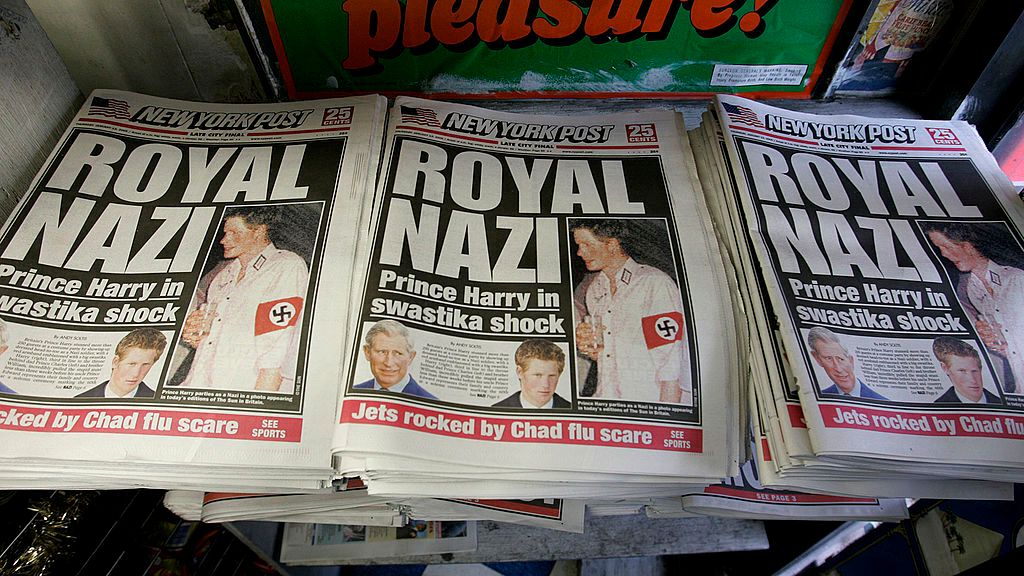
“Meghan could pass for white and yet she still got hounded out of the monarchy and public life – it really does go to show you how hard it is for Black people in these white institutions. I think that is the reason why it is resonating with a lot of Black people, and I speak as someone who works in a very white institution.
“There is this idea that you don’t really fit, that you are always being judged by a different metric. She can do something the same as a white person but it gets read completely differently.”
While Meghan and Harry’s claims may be shocking to some, it is true that the British monarchy, with its colonial past and its involvement with the slave trade, has not always been on the correct side of history when it comes to racial equality.
Or, as Professor Andrews puts it: “For them to act in a racist way is really on brand.”
Britain’s colonial history
The Queen is the head of the Commonwealth. And the roots of the Commonwealth – a voluntary association of 54 nations – stretch back to Britain’s colonial past and the British Empire.
The most glaring factor uniting the majority of its members is that they were all once conquered by the British.
Professor Andrews said: “The British monarchy is a racist institution. Its symbolic role is whiteness. Even now, the fact that we think the Queen represents Britain, just tells you all that’s wrong with so many people in this country.
“You don’t even have to look that far back in its history. It is a champion of the Commonwealth, which is simply the British Empire. This is not something to celebrate. Most of the Commonwealth is the colonial possession of the UK.”
The British Empire comes with a load of baggage. The African slave trade, the plunder of India by the East India Company, and the genocide of Australian Aborigines are but a few of the historical horrors inflicted by Britain on indigenous people within its colonies.
No member of the royal family has ever directly confronted or apologised for these events.
Equally, as the empire was being dismantled and the Commonwealth emerged in its place, there was atrocious bloodshed, including the mismanaged partitioning of India, the crushing of the Mau Mau movement in Kenya, and the Malayan Emergency. Even the term “Commonwealth of Nations” dates back to 1884, the peak of the imperial age.
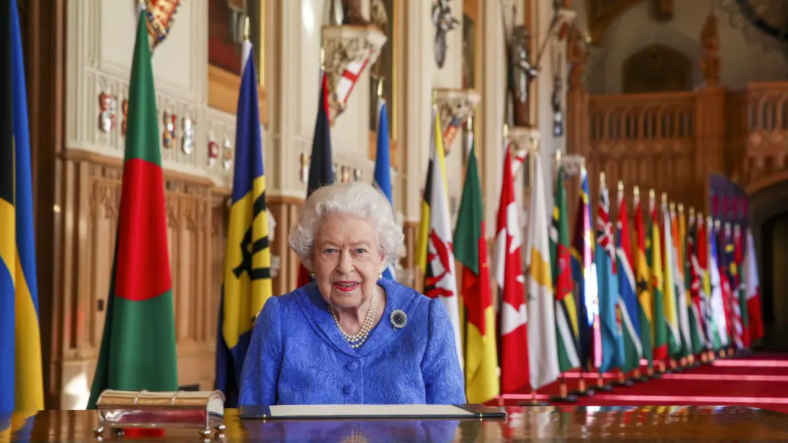
The Commonwealth’s secretary-general is nominated by Commonwealth leaders and can stay in office for two four-year terms, but the head of the Commonwealth has always been the British monarch – despite the fact that 37 of the 53 members chose either to scrap her as head of state or never had her as monarch in the first place.
For example, the Queen has remained Barbados’s head of state even though it became independent in 1966.
The Caribbean has seen a number of island nations talk about severing constitutional ties with the British monarchy – but many still remain tethered. Jamaica has raised the issue of removing the Queen as its head of state over recent years, with a succession of the country’s prime ministers declaring their support for the idea. In St Vincent and the Grenadines, a 2009 referendum saw voters reject the proposal to oust the monarchy and substitute it with a republic.
Many people from Black and Asian backgrounds have turned down honours because of its association with the British empire and the empire’s history of slavery, including poet Benjamin Zephaniah, who rejected an OBE in 2003.
The criticism of the honours system and its diversity most recently resurfaced after the Black Lives Matter movement sparked a debate over UK statues and street names that commemorate those who profited from the transatlantic slave trade.
Fraternising with the enemy
The Queen’s uncle, Prince Edward, faced numerous accusations of being a Nazi sympathiser.
He became King Edward VIII and abdicated less than a year later to marry his divorcee mistress, the American socialite Wallis Simpson.
The couple were photographed meeting Hitler in Munich in October 1937, less than two years before the Second World War broke out.

Edward admired Hitler’s economic and social reforms in Germany as the Nazis swept to power, and said Britain should offer them the hand of friendship. It was something that upset the royal household and the British government.
On becoming king in 1936, Edward was said to have wanted to speak privately with Hitler, without his government’s knowledge. During his brief reign, he said he would abdicate if then-prime minister Stanley Baldwin made war.
Later, as Duke of Windsor, he visited Germany with the idea of discussing becoming a figurehead for an international movement for peace on Hitler’s terms. The duke and his wife are said to have impressed the dictator.
He is also said to have met Hitler’s right-hand man Rudolf Hess twice as part of the plans for a new world peace. A documentary in 1995 said part of the plan would have seen the Duke of Windsor reinstalled as king of England.
The royal family has never commented on the matter and appears to have tried to distance itself from it entirely.
In 1945, Edward returned to Britain for the first time in nearly six years since his abdication and told the waiting press: “I heard something about the ban on interviewing me. I disclaim any knowledge of that. I am very glad to see you all.”
Erasing history
In the aftermath of Albert’s death, Queen Victoria developed a close platonic relationship with her Indian servant Abdul Karim, on whom the monarch bestowed the title of “Munshi” or “teacher”.
Victoria’s family were firmly against the relationship and after her death, her daughter Beatrice destroyed much of the evidence, including erasing all references to him from the Queen’s journals – thus suppressing a piece of history for more than a century.
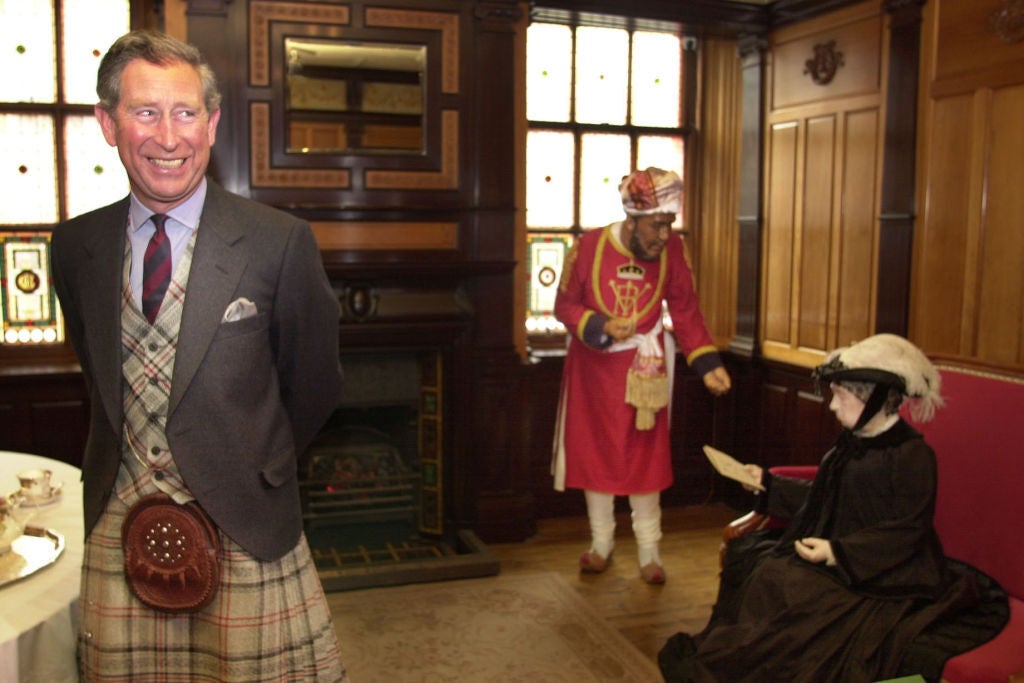
But the extent of Victoria’s relationship with Karim was exposed by Indian journalist Shrabani Basu after she noticed a curious painting of the servant while visiting Osborne House in the Isle of Wight.
Basu researched Victoria’s Hindustani journals and exercise books showing Karim was teaching her Urdu in order to write the book Victoria & Abdul. Their relationship was depicted on the screen in the film Victoria and Abdul in 2017.
The slave trade
For centuries the British monarchy was involved in the slave trade – from Elizabeth I, who supported the lucrative dealings of John Hawkins, one of Britain’s first slave traders, to the Duke of Clarence, later William IV, who opposed slavery abolitionists.
Last year, the National Trust released a report highlighting links to slavery and colonialism in 93 of the properties it manages.
Several of those are royal palaces, with all properties used by the Stuart dynasty, which reigned in England and Scotland from 1603 to 1714, having had elements of money derived from slavery within them.
The Stuarts played a key role in the slave trade when King Charles II granted a charter to the Royal African Company (RAC), of which his brother James (later his successor King James II) was a member.
The company held a monopoly on the trade until 1698 and did not cease shipping enslaved African people to the Americas until 1731. Between 1680 and 1692, at least 84,500 African men, women and children were “bought”, branded and forced onto RAC ships. Nearly 19,300 died on the transatlantic crossing.
Kensington Palace – one time home of Princess Diana – and Hampton Palace are among properties with connections to King William III, who was a part owner of the company. He was given shares in the company by the slave trader Edward Colston, who became the company’s deputy governor and amassed a huge fortune from the slave trade.
A statue of Colston was toppled by anti-racism campaigners during a Black Lives Matter protest sparked by the death of George Floyd in June 2020, and dumped into Bristol Harbour.
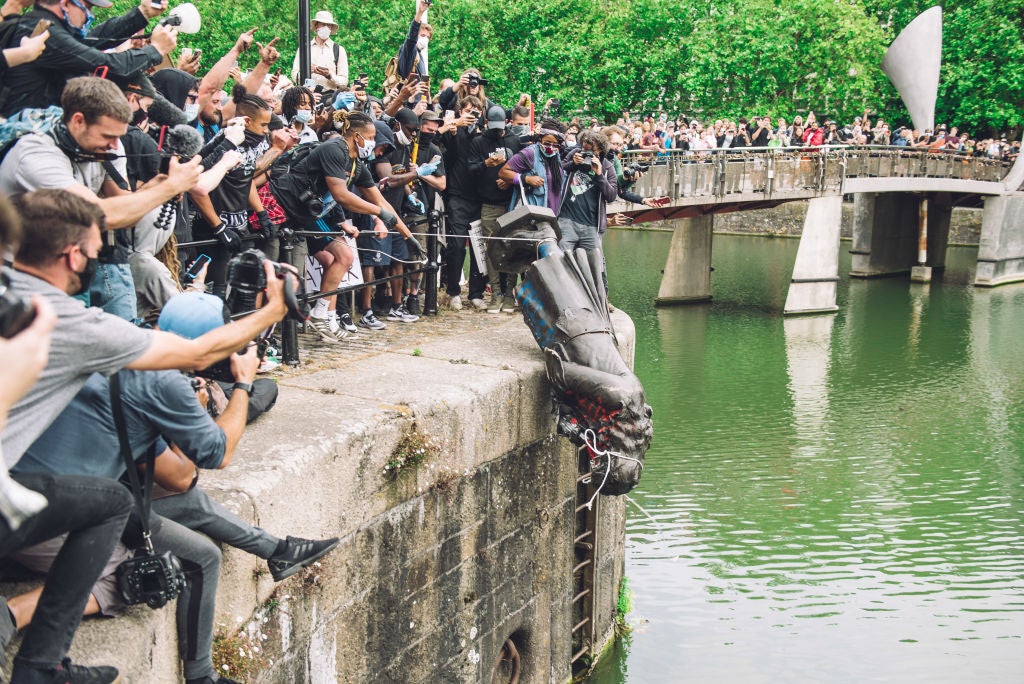
Apologies and returns
The Queen has never acknowledged the monarchy’s historical role in supporting the slave trade.
The closest she has ever come to making a public apology came while she helped put Anglo-Irish relations on a firmer footing by being the first British monarch to visit Ireland since it gained independence.
In a powerful address at Dublin Castle, she spoke of the painful legacy of the past and the need to remember all those whose lives had been affected.
She said the relationship had not always been straightforward, but stopped short of an apology for Britain’s actions in Ireland during the Troubles, saying both nations could have acted differently.
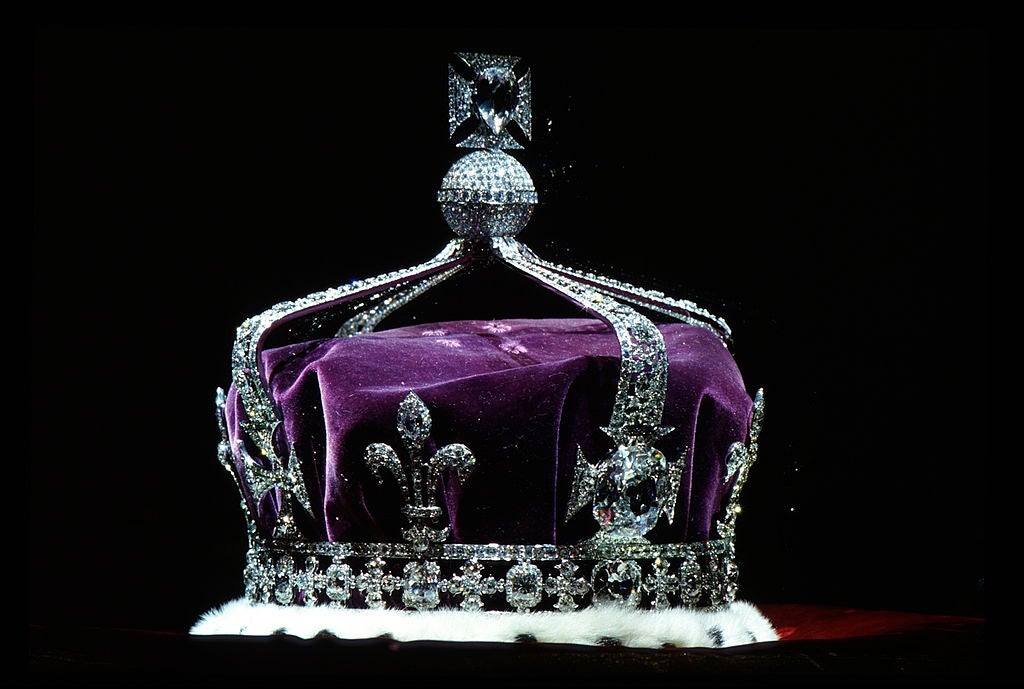
Nor has the Queen ever remarked upon repeated calls for Britain to return a giant diamond that the country forced India to hand over during the colonial era.
The Koh-i-Noor – which is the world’s largest diamond – was presented to Queen Victoria in 1850 and was later mounted into her crown, along with 2,000 other diamonds. It is the crown the Duchess of Cambridge will wear should Prince William become King.
In 2013, during a visit to the site of the Amritsar massacre in India, then-PM David Cameron ruled out the return of the gem as a mark of atonement for Britain’s imperial past, though he conceded the incident where hundreds of people were killed when troops under British command fired into a crowd of protesters was “deeply shameful”. Cameron stopped short of an apology and added: “I certainly don’t believe in returnism.”
In 2018 the Queen’s son Prince Charles acknowledged that Britain’s involvement in the transatlantic slave trade was “an appalling atrocity” that had left an “indelible stain” on the world. The heir to the throne made the comments in a speech in Ghana, from which many people had been shipped away to a life of slavery.
...and Prince Philip
The 99-year-old, currently recuperating in hospital after an operation on a pre-existing heart condition, has become infamous for the offensive remarks he has made related to race during his public appearances.
The Duke of Edinburgh once greeted the President of Nigeria, who was wearing national dress, with the statement: “You look like you’re ready for bed!”
On a trip to China in the 1980s, he warned British students: “You’ll get slitty eyes if you stay too long.” While on a tour of a Scottish factory in 1999, he reported said a fuse box was so crude it looked as thought “it had been put in by an Indian”.
Yet no apology has been made by the palace for these comments.
